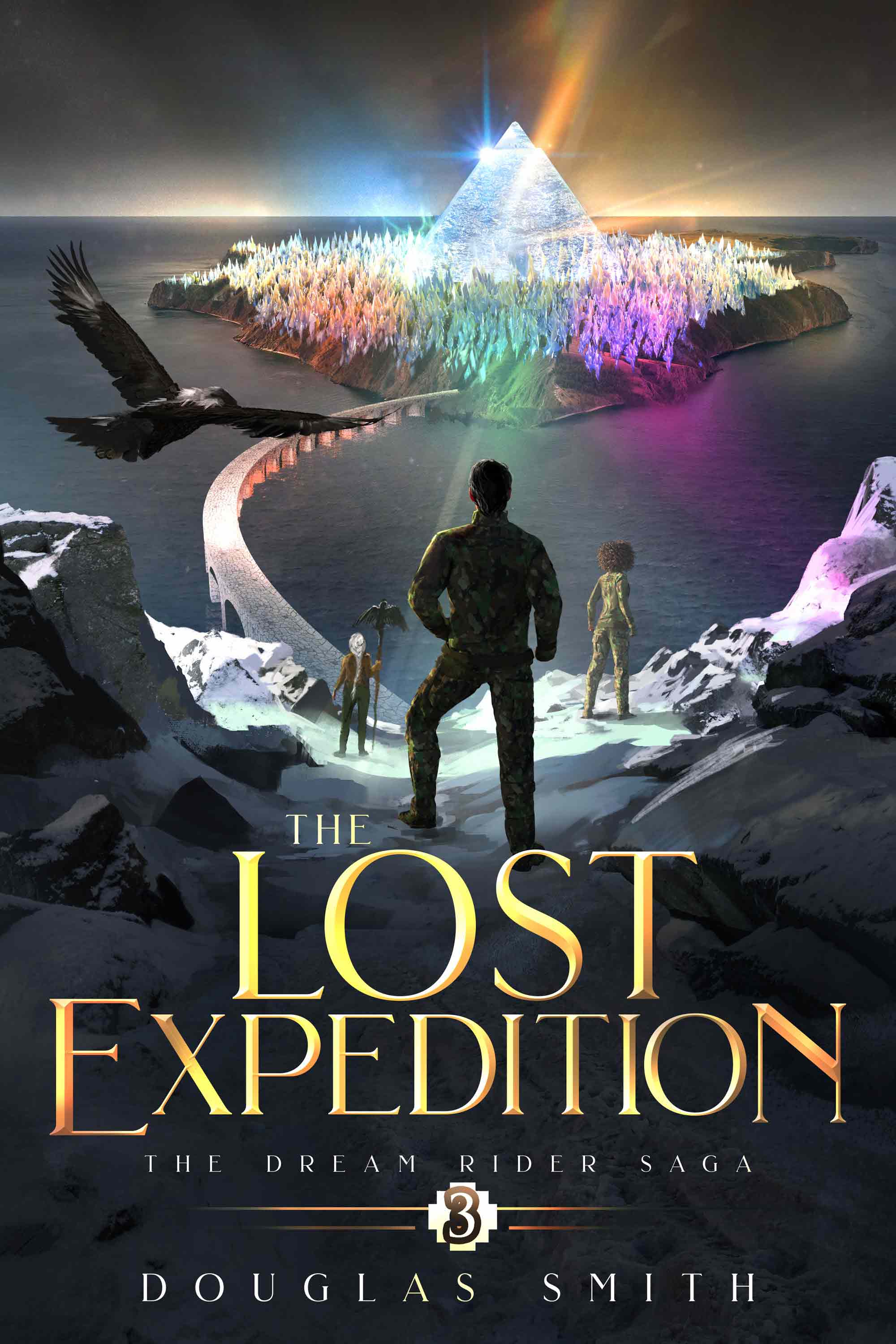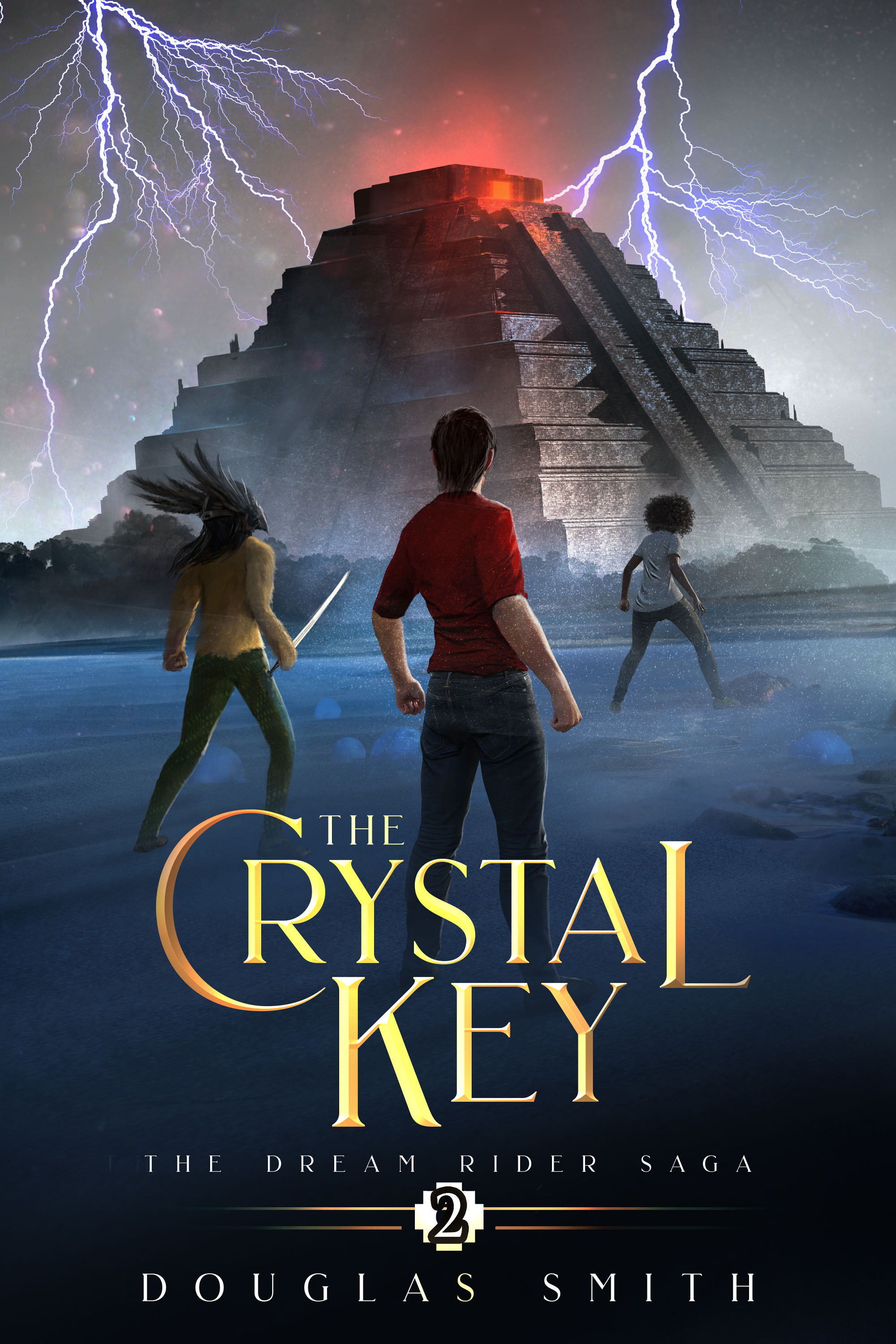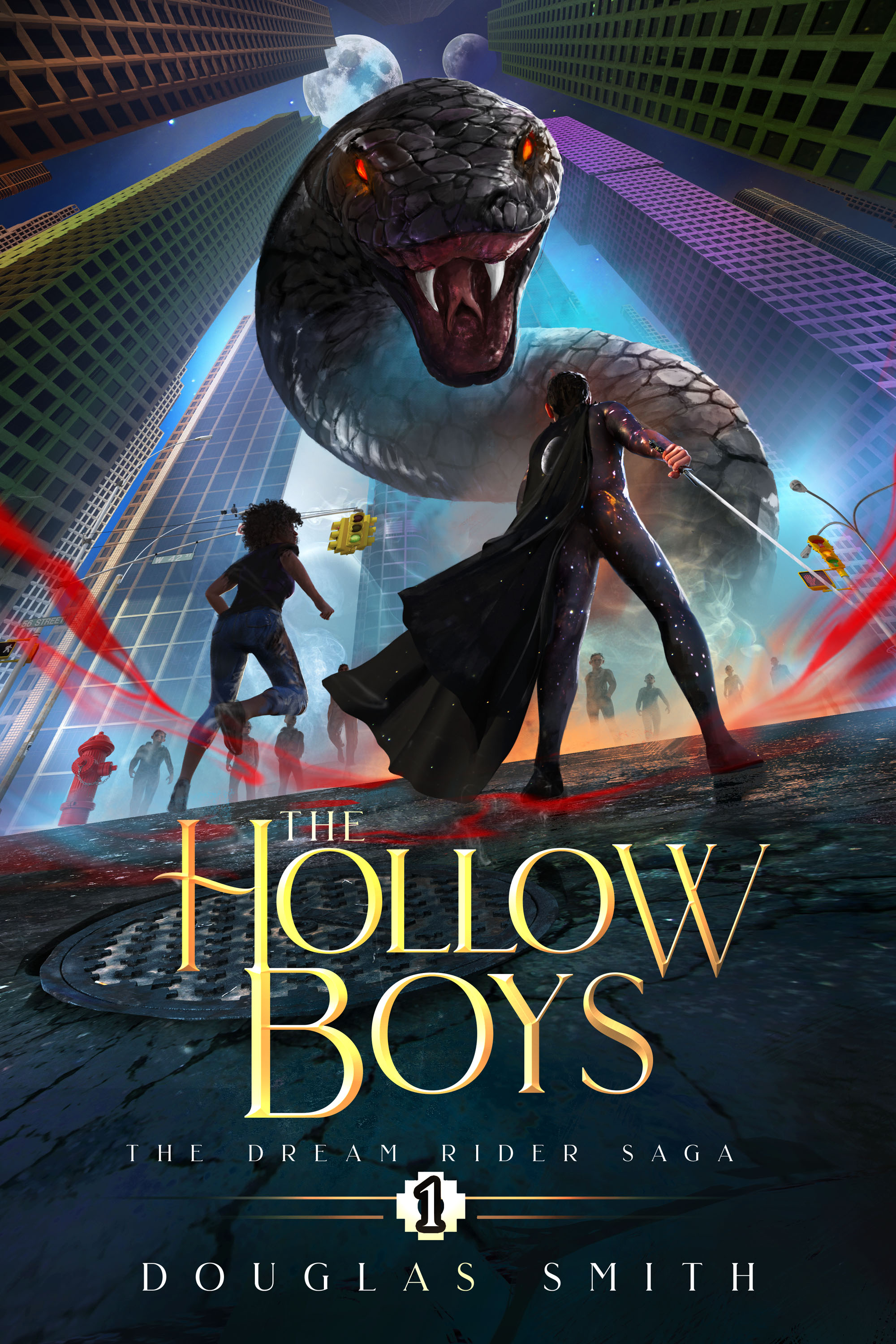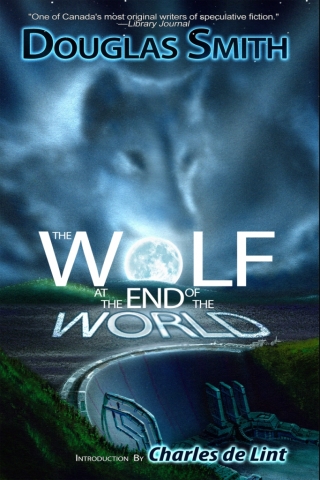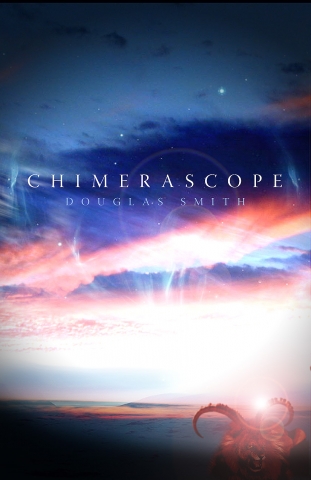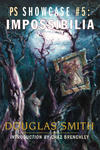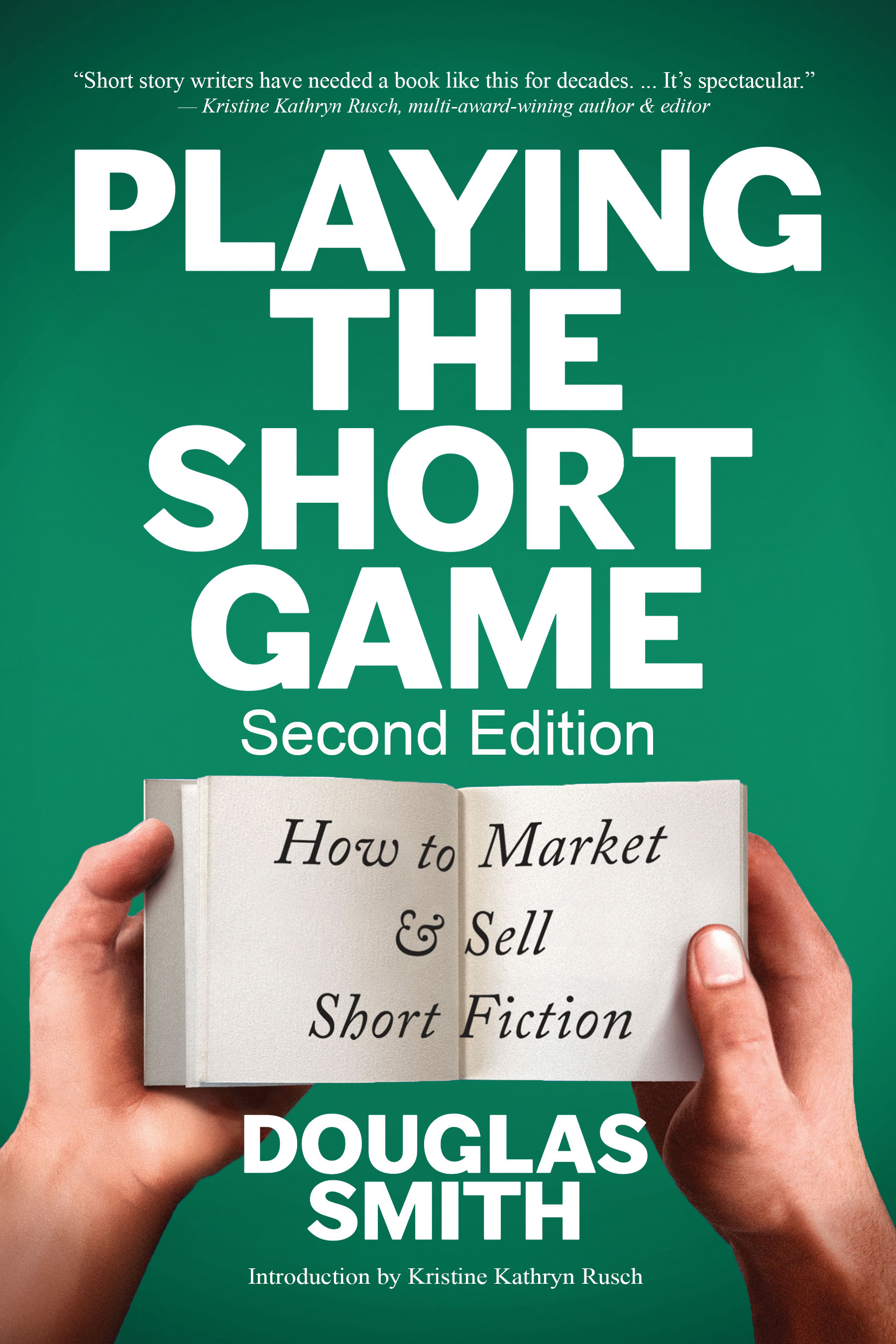"The Dancer at the Red Door" Interview: Q #4
Mark Leslie Lefebvre interviews me on Facebook regarding my Aurora-nominated story, "The Dancer at the Red Door"...
Mark: In "The Dancer at the Red Door" you touch upon all the senses quite wonderfully. Can you discuss how you use these sensual touchpoints to draw the reader into your fiction?
Doug: I've often been described as a very visual writer, which always make me chuckle because I hate writing description.
In first drafts, if I need to provide the physical layout of a place or the visual description of a thing, I'll sometimes just put "[insert description here]" and then add it in a later draft. I find describing the mundane surroundings in a story to be astoundingly boring as a writer. The funny thing is that many of my story ideas come from an initial strong visual image. But telling the reader what a typical downtown Toronto street commuter looks like bores me to death, which is probably why I tend to use metaphor and simile, such as in the passage you referenced earlier. That makes it more fun to write, and ultimately (I hope), more interesting for the reader. Visual description of the fantastic or the bizarre is a lot more fun, like the first appearance of the Dancer in this story, or the phantom subway stop, or the black pyramid rising from the strange jungle that King finds on his quest for the Red Door.
I consciously try to include other senses in my description of any scene--sounds obviously, but also smell, as it's one of our strongest memory cues. All the writer should be trying to do with a descriptive passage is to pull the reader into that scene as fully and as quickly as possible. A few cues from multiple senses works, to me anyway, better than a long passage of visual description painted in excruciating detail.
With "The Dancer at the Red Door", the key senses I tried to play on were the same ones we employ when enjoying a dance performance: visual for the movement, hearing for the music, and touch, in the way that the rhythms of the music, especially the bass beats, are felt in our bodies as much as heard. Sound and rhythm are key sensory elements of the story, since the song--*the* song--that the Dancer hears, and that King learns to hear, becomes a main character and, without giving too much away, a critical driver of the action and the climax. I worked music and sound and the song into the story throughout--the beat King feels rising up from the sidewalk, the song he hears before he first sees the Dancer, the movements of the Dancer merging with the rhythm of the subway train, the song returning to stop King's pursuit of the Dancer, the sinister gong of the phantom subway stop, etc. As the Dancer says to King, "The city has a song…," and the trick to this story was to make the reader be able to hear it too.

